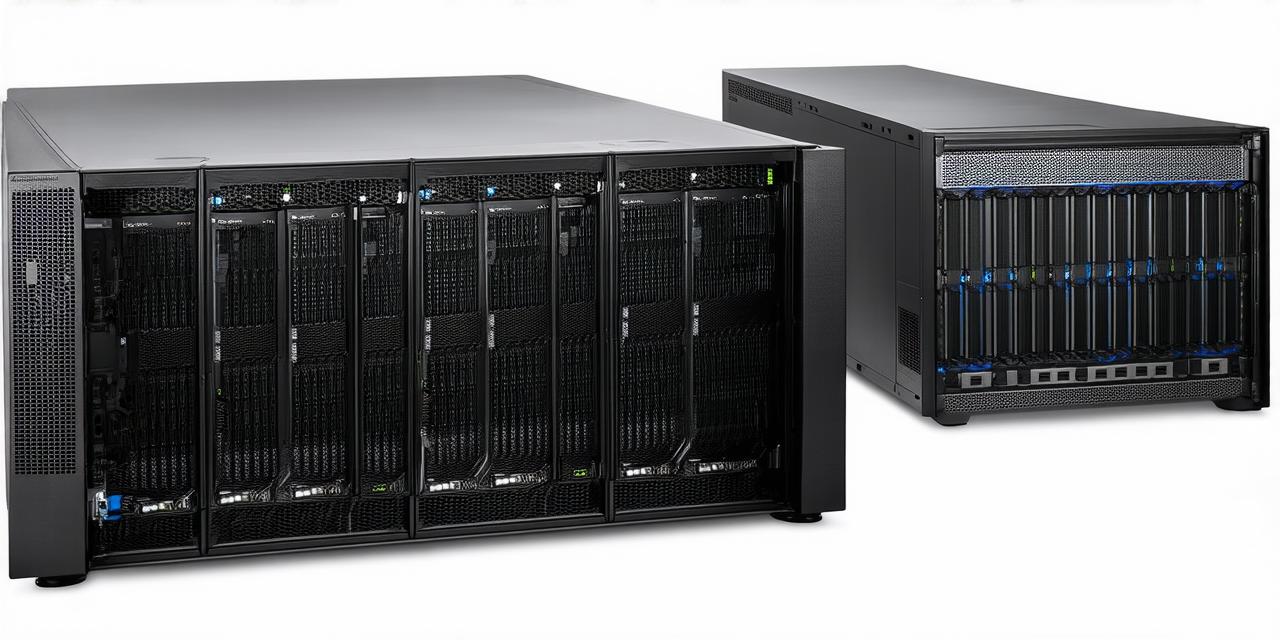As a web hosting developer, you know that having a reliable and efficient server is crucial to the success of your website. Whether you’re starting out or looking to upgrade your current infrastructure, setting up a server for web hosting can be an intimidating task. In this comprehensive guide, we will walk you through the steps to set up a server for web hosting, including tips and tricks for optimizing your server for maximum performance and reliability.
Choosing Your Server
The first step in setting up a server for web hosting is choosing the right type of server for your needs. There are several factors to consider when making this decision, including:
- Hardware Specifications: The hardware specifications of your server will determine its processing power, memory capacity, and storage capacity. For most websites, a dedicated server with at least 4 CPUs, 8GB of RAM, and 100GB of storage is sufficient. However, if you expect high traffic or require additional resources for running applications, you may need a more powerful server.
- Operating System: The operating system (OS) of your server will determine its software capabilities and compatibility with different web hosting technologies. Popular OS options include Linux (Ubuntu, CentOS), Windows Server, and macOS Server. Each OS has its own strengths and weaknesses, so it’s important to choose the one that best meets your needs.
- Location: The location of your server will determine its latency and response time for users in different regions. Choosing a server in a location that is close to your target audience can improve website performance and reduce page load times.
Once you’ve chosen your server, it’s time to configure it for optimal performance.
Configuring Your Server
The next step in setting up a server for web hosting is configuring it for maximum performance and reliability. This includes:
- Installing the Web Server: The first thing you need to do after installing your server OS is install the web server software. Popular web servers include Apache, Nginx, and Microsoft IIS. Each web server has its own strengths and weaknesses, so it’s important to choose the one that best meets your needs.
- Configuring Firewall Settings: Security is an important consideration when setting up a server for web hosting. You should configure your firewall settings to allow only necessary traffic to and from your website, and block any other traffic.
- Enabling SSL/TLS Certificates: SSL/TLS certificates are essential for secure communication between the client (user’s browser) and the server. You should enable SSL/TLS certificates for your website to ensure secure data transfer and protect against man-in-the-middle attacks.
- Configuring Caching Settings: Caching can significantly improve website performance by reducing the load on your server and speeding up page load times. You should configure caching settings for your web server, including enabling browser caching and using a content delivery network (CDN) to cache static assets.
Optimizing Your Server for Performance
To get the most out of your server for web hosting, you need to optimize it for maximum performance. This includes:
- Monitoring Resource Usage: You should monitor your server’s resource usage regularly to ensure that it has enough capacity to handle traffic spikes and avoid downtime. Tools like top and htop can help you track CPU usage, memory usage, and disk I/O.
- Optimizing Database Queries: If your website uses a database, optimizing queries can significantly improve website performance. You should review your database queries regularly to ensure that they are efficient and not causing performance issues.
- Using Load Balancing: Load balancing distributes traffic across multiple servers to improve website performance and prevent downtime. You should consider using load balancing if you expect high traffic or need to scale your infrastructure.
- Implementing Content Compression: Content compression can reduce the size of your website’s files, improving page load times and reducing bandwidth usage. You should implement content compression for your website using tools like gzip.

Case Study: Setting up a Server for a High-Traffic Website
Let’s look at an example of setting up a server for a high-traffic website.
